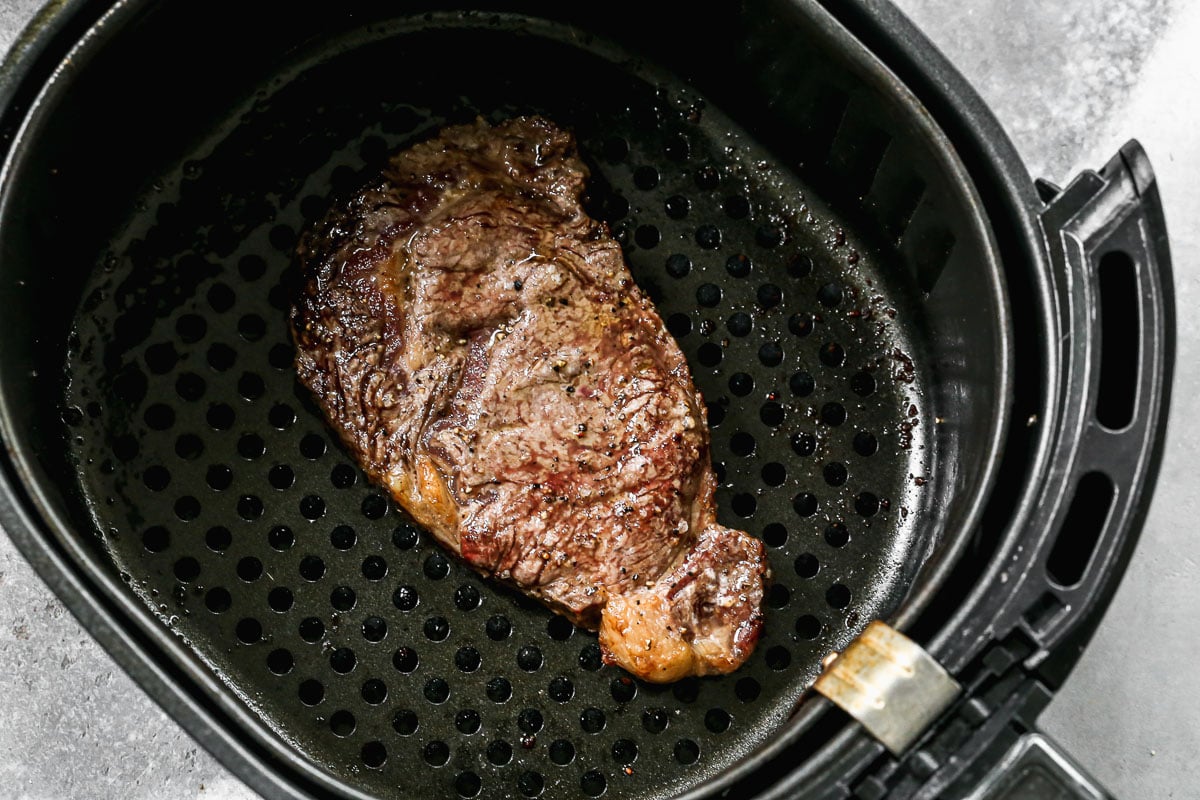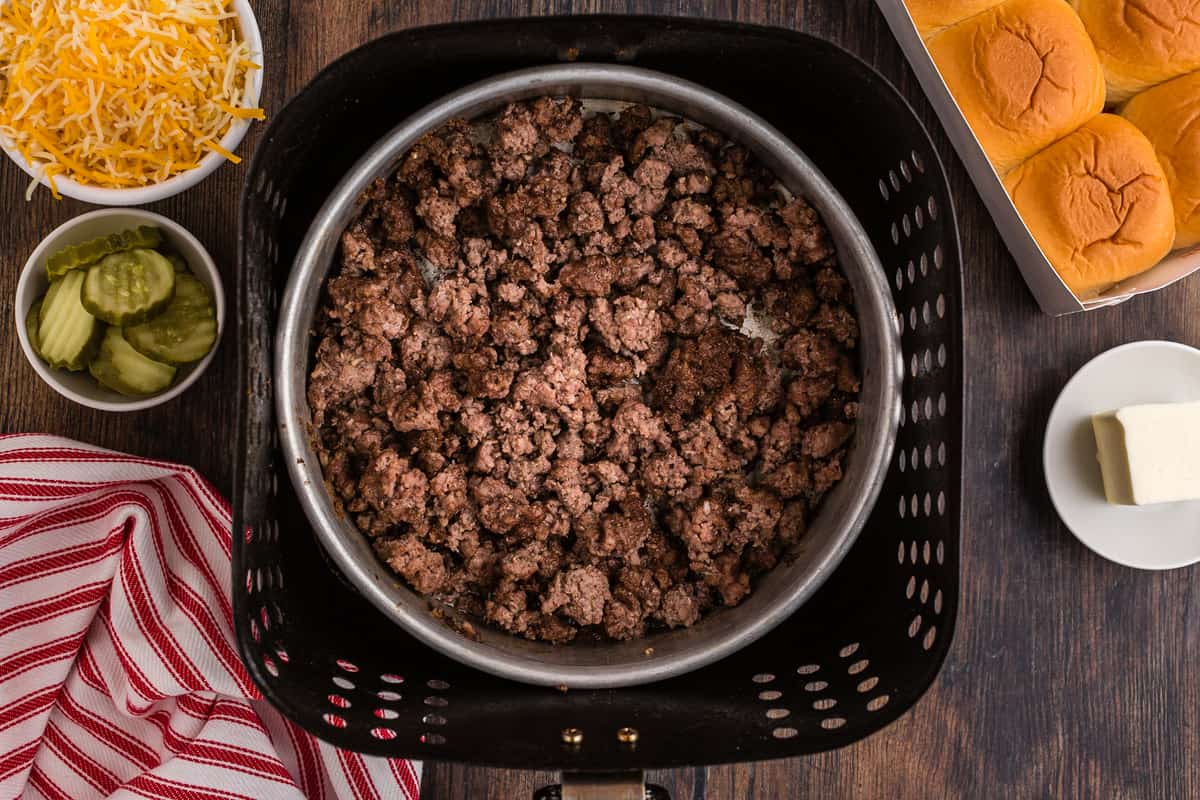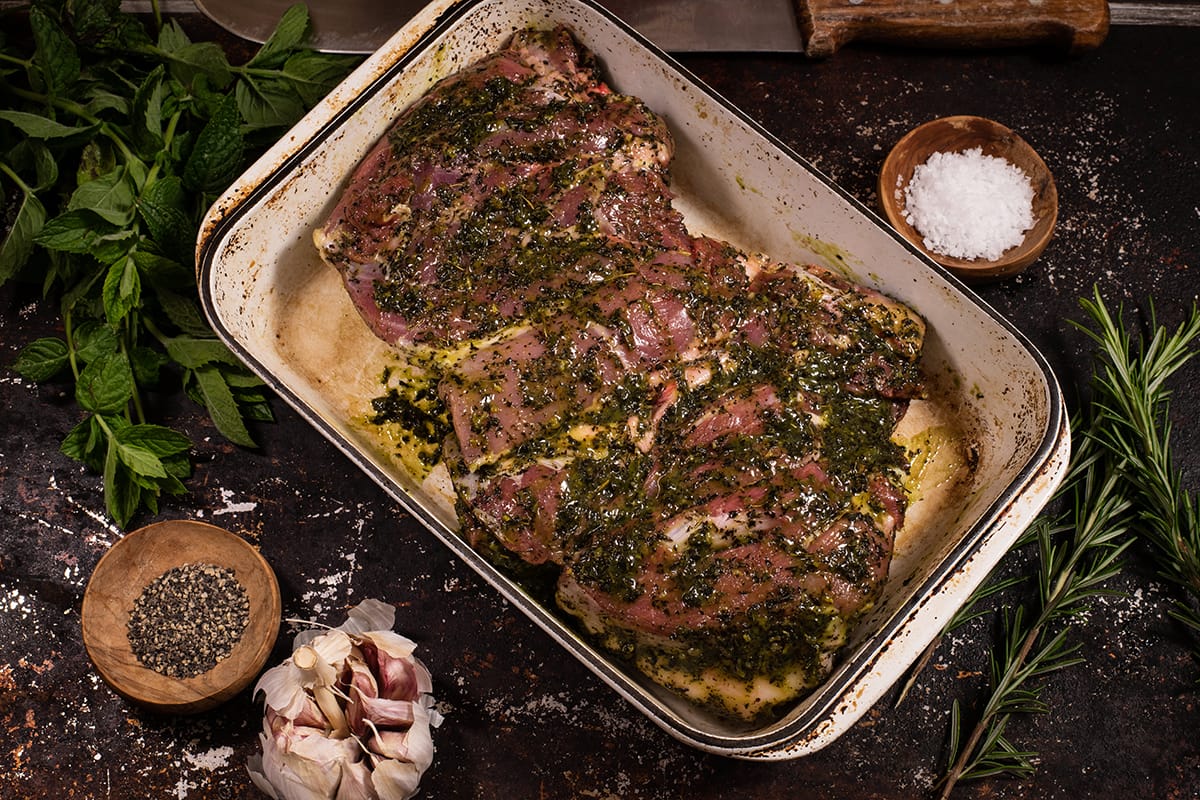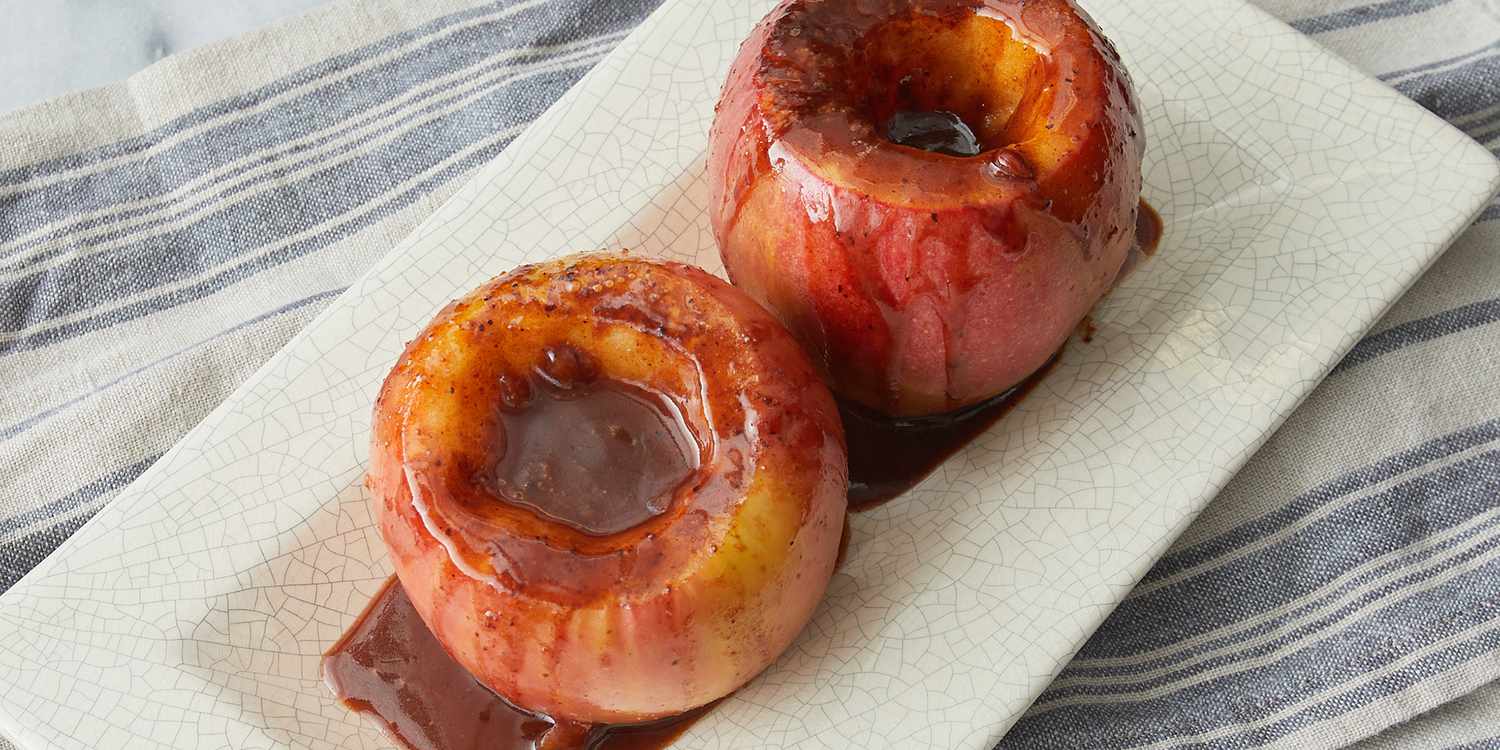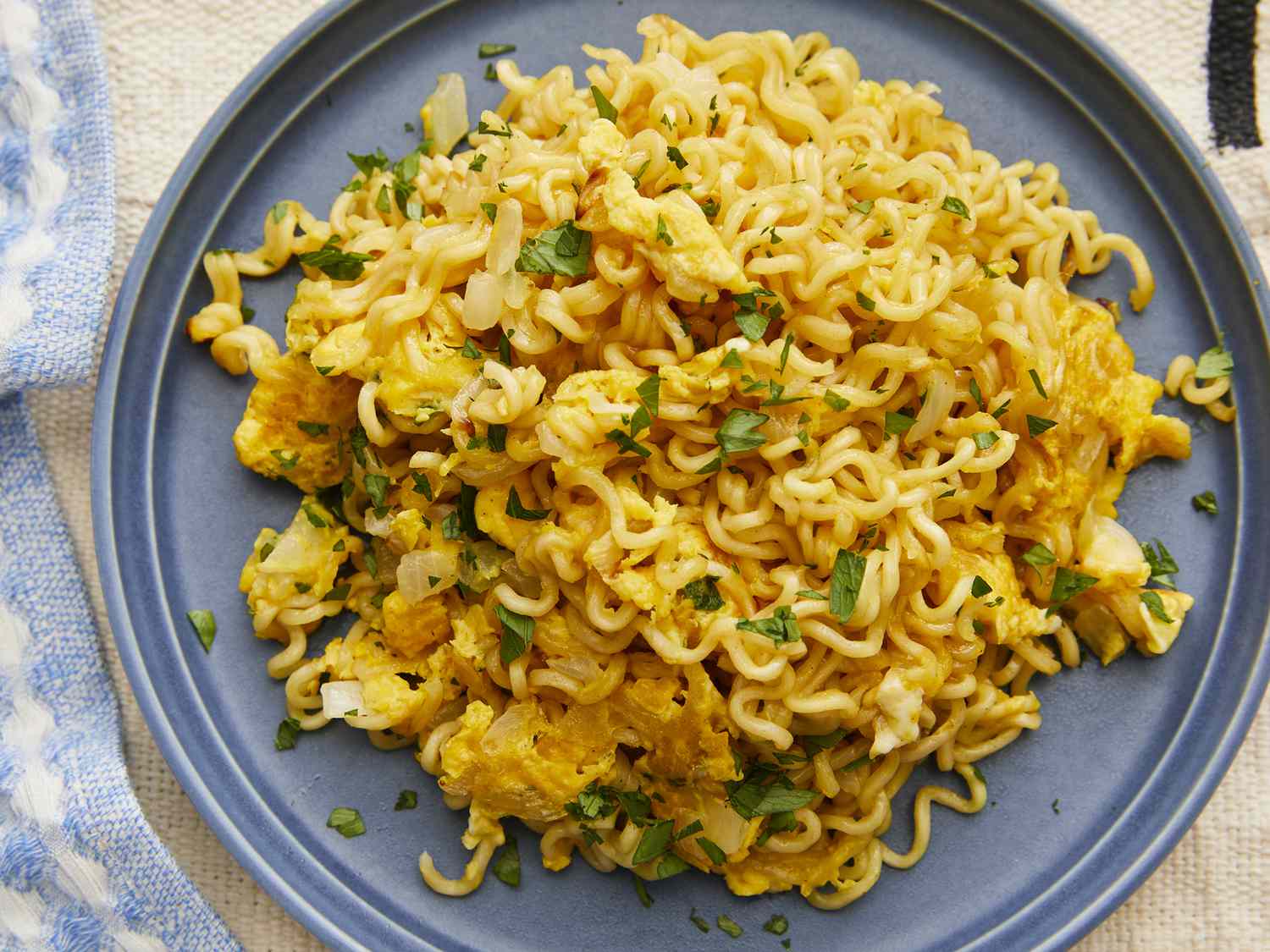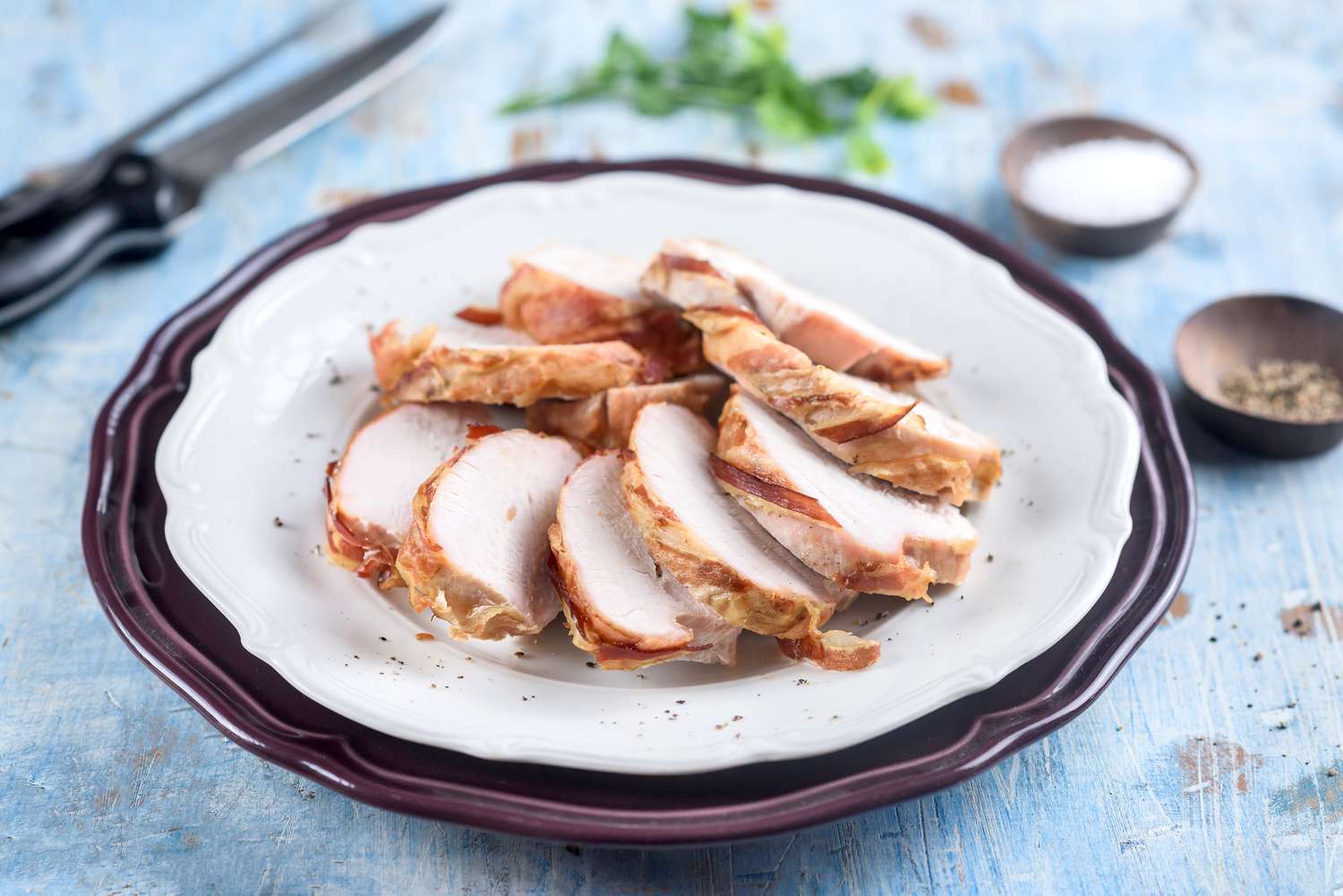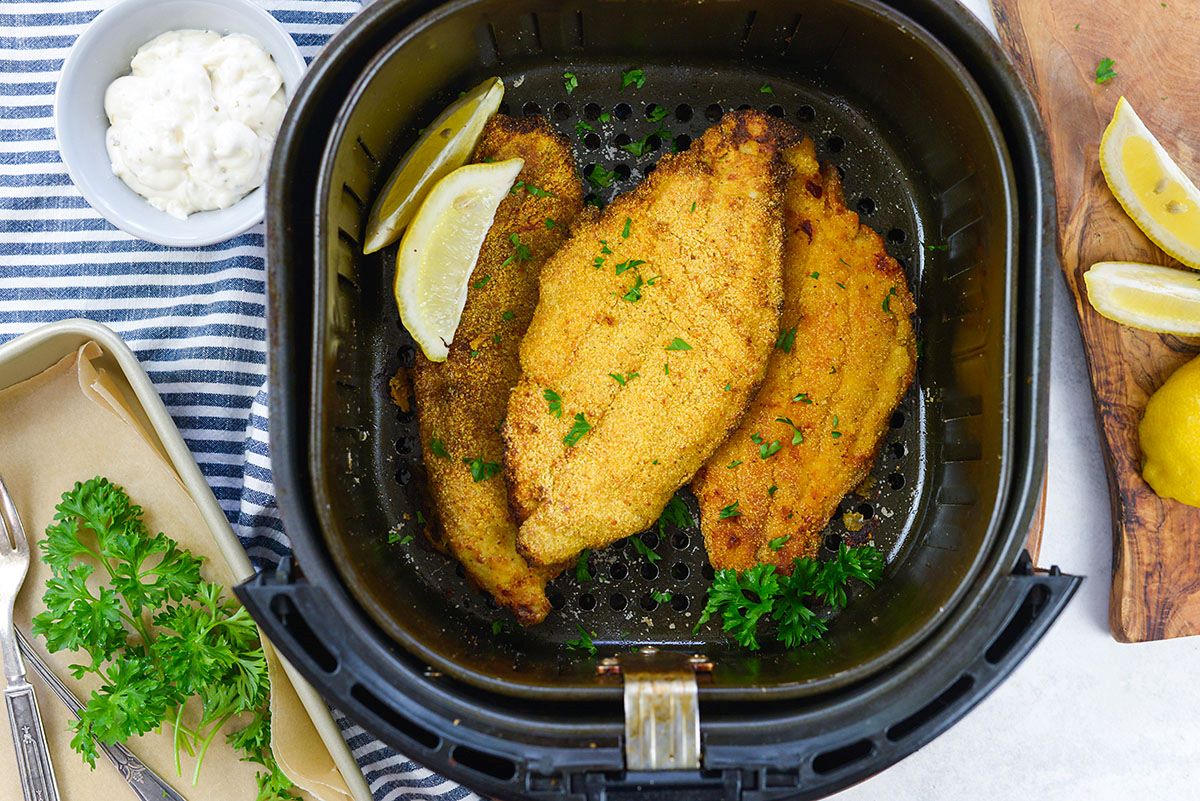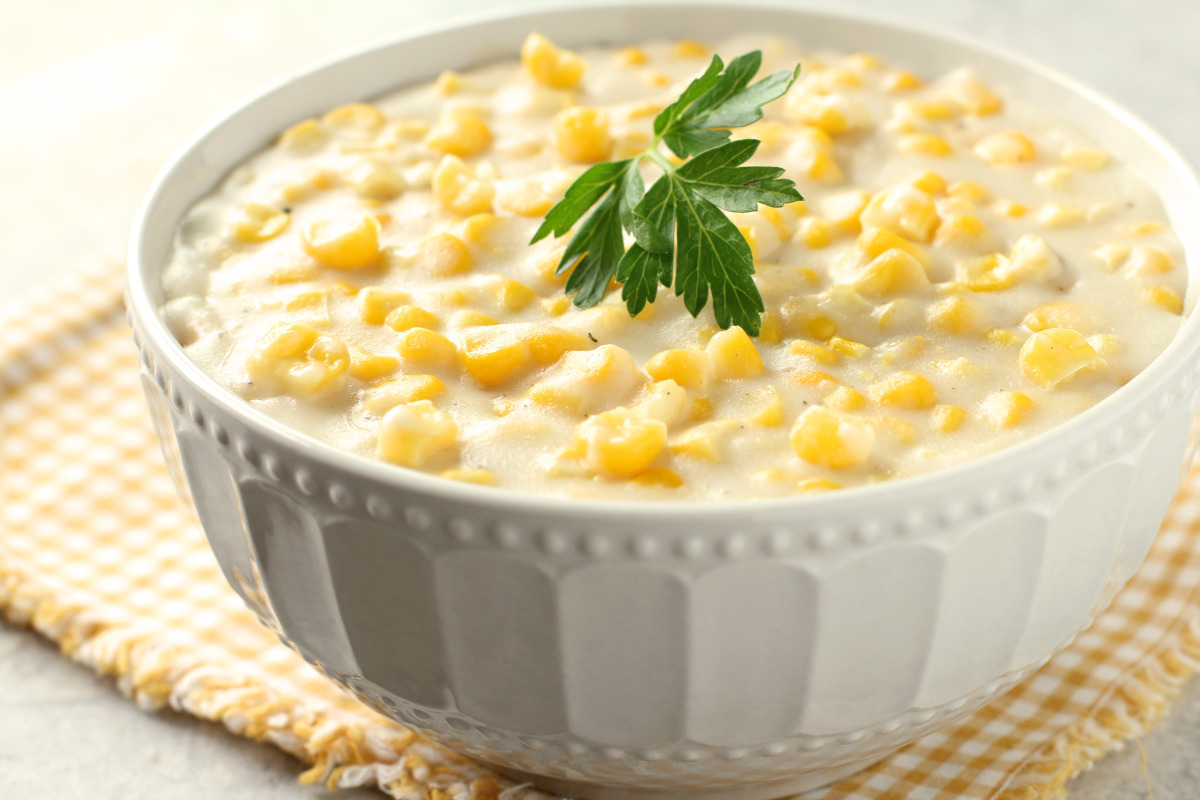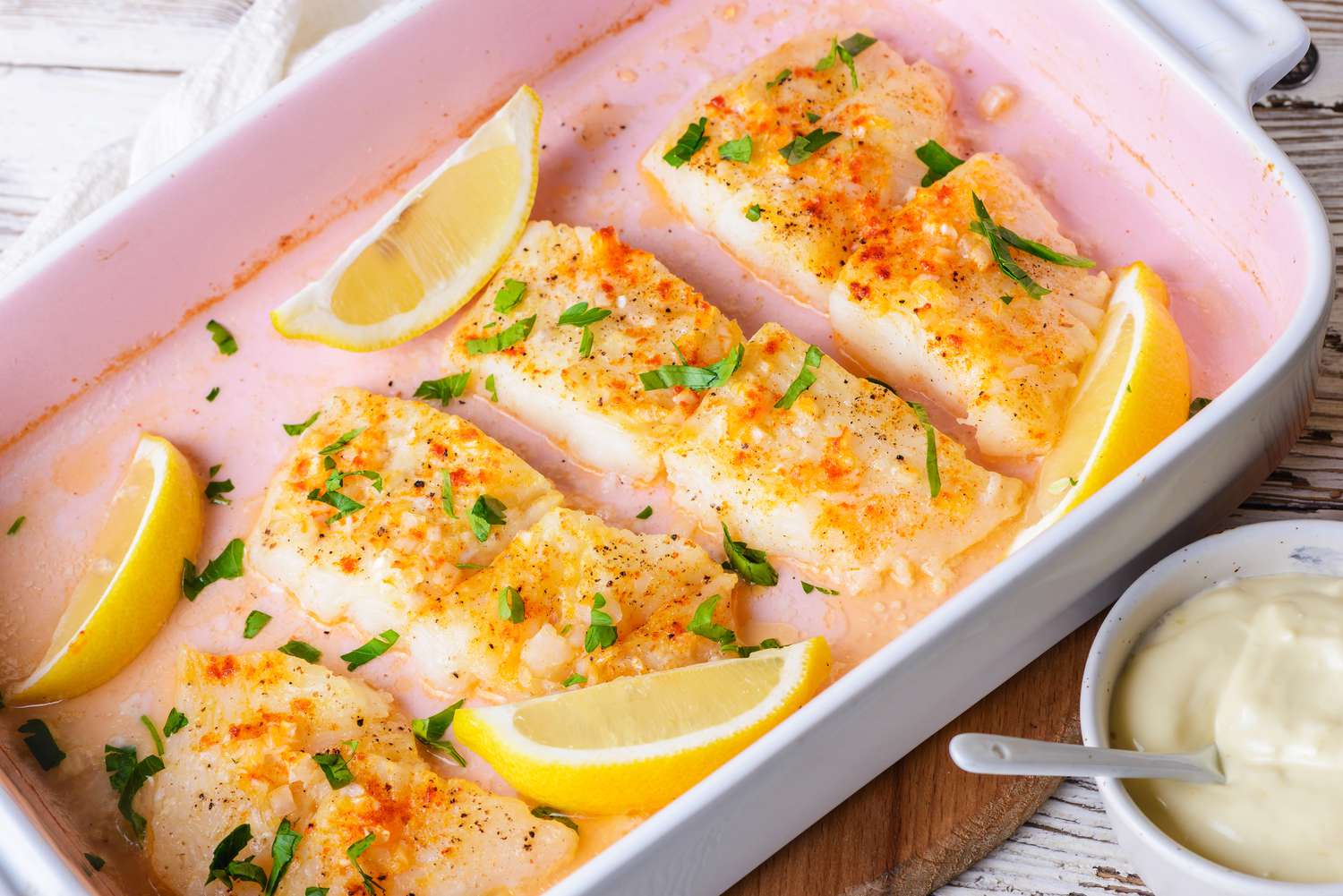Wild purslane, often overlooked as a simple weed, holds a treasure trove of nutrition and flavor, making it a delightful addition to any kitchen. Cooking this versatile green is simpler than one might think. Rich in Omega-3 fatty acids and vitamins, purslane can transform meals into nutrient-packed dishes. Whether you're sautéing, adding it to soups, or tossing it fresh into salads, this resilient plant adapts to a variety of culinary techniques. Embracing wild purslane in your cooking not only elevates your dishes with a subtle, lemony tang but also introduces an eco-friendly, sustainable ingredient into your diet. Let's dive into how to harness the potential of this underrated green.
Gather Your Wild Purslane Ingredients
- Fresh wild purslane, 2 cups (washed and dried)
- Olive oil, 2 tablespoons
- Garlic, 3 cloves (minced)
- Lemon juice, from 1 lemon
- Salt, to taste
- Black pepper, freshly ground, to taste
- Red pepper flakes, optional, for a bit of heat
- Feta cheese, crumbled, 1/4 cup (optional for garnish)
- Fresh mint leaves, a handful (for garnish)
Essential Tools for Cooking Wild Purslane
- Chef's Knife
- Cutting Board
- Salad Spinner
- Skillet
- Wooden Spoon
- Measuring Cups
- Measuring Spoons
- Mixing Bowl
Wild purslane, often found as a garden weed, is a nutritious, edible plant. Rinse thoroughly, then sauté or add raw to salads. High in omega-3s and vitamins, it's a healthy choice.
The Benefits of Cooking Wild Purslane
Cooking wild purslane offers a unique blend of nutritional benefits and flavor. This leafy green is packed with omega-3 fatty acids, vitamins, and minerals, making it a superfood. Its crisp texture and slightly sour taste add a delightful twist to dishes, promoting both health and culinary diversity.
Incorporating wild purslane into meals encourages sustainable eating habits. As a hardy plant, it grows in various environments, reducing the need for transport and pesticides. This practice supports local ecosystems and fosters a connection with nature, highlighting the importance of environmental stewardship in our daily choices.
Your Step-by-Step Wild Purslane Cooking Guide
-
Identify Wild Purslane
- Look for succulent leaves and reddish stems.
- Find plants in sunny, well-drained areas.
-
Harvesting
- Choose young, tender leaves for best flavor.
- Cut stems gently, leaving roots in ground for regrowth.
-
Cleaning
- Rinse thoroughly under cold water.
- Shake off excess moisture or use a salad spinner.
-
Preparation
- Remove any tough stems.
- Leaves and tender stems are edible.
-
Cooking Methods
- Sautéing: Heat olive oil in a pan, add purslane, season with salt and garlic. Cook until wilted.
- Boiling: Bring water to a boil, add purslane, cook for 1-2 minutes. Drain and serve.
- Raw: Add to salads for a crunchy texture and lemony flavor.
-
Seasoning
- Complements well with garlic, lemon, and pepper.
- Experiment with adding to soups, stews, and sauces.
-
Serving Suggestions
- Mix with other greens for a nutritious salad.
- Serve as a side dish with fish or poultry.
-
Storage
- Keep in a plastic bag in the refrigerator.
- Best used within a few days for optimal freshness.
-
Nutritional Benefits
- Rich in Omega-3 fatty acids, vitamins A, C, and magnesium.
- A healthy addition to any diet.
-
Safety Tips
- Ensure correct identification to avoid confusion with similar plants.
- Consult a local foraging expert if unsure.
Mastering Wild Purslane in Your Kitchen
Cooking wild purslane isn't just about adding a new dish to your menu; it's about embracing an incredibly nutritious, yet often overlooked, plant that can elevate your meals. With its crisp texture and slightly lemony flavor, purslane offers versatility in the kitchen, from salads to sautéed dishes. Remember, when you're foraging or buying, look for fresh, vibrant leaves to ensure the best taste and nutritional value. Don't forget, this plant is not only a tasty addition to your diet but also a powerhouse of omega-3 fatty acids and vitamins. So, next time you spot some purslane, whether in your backyard or at the market, don't pass it by. Give it a try in your kitchen, experimenting with different recipes to discover your favorite way to enjoy this delightful green.
All Your Questions About Wild Purslane Answered
What is wild purslane, and why should I cook with it?
Wild purslane is a succulent green, often considered a weed, but don't let that fool you. This plant is a nutritional powerhouse, packed with omega-3 fatty acids, vitamins, and minerals. Its crisp, lemony taste makes it a fantastic addition to salads, soups, and stews.
Can I find wild purslane at the grocery store?
Finding wild purslane at a typical grocery store might be a bit of a challenge. Your best bet is farmers' markets or, believe it or not, your own backyard. Just make sure you're picking the right plant and that it hasn't been treated with pesticides.
How do I prepare wild purslane for cooking?
First off, give your wild purslane a good rinse under cold water to remove any dirt. Since it's a wild plant, you'll want to ensure it's clean. You can eat both the leaves and the stems, so no need to be picky about trimming.
What's a simple way to cook wild purslane?
For starters, try sautéing it. Heat some olive oil in a pan, toss in garlic or onions, then add your wild purslane. Cook it until it's just wilted – it doesn't take long. Season with salt, pepper, and a squeeze of lemon juice for a quick, nutritious side dish.
Can wild purslane be eaten raw?
Absolutely! Wild purslane has a slightly sour and salty taste, making it a refreshing addition to salads. Just chop it up and mix it with your favorite salad ingredients. Its crunch and flavor will add a unique twist.
Are there any traditional dishes that use wild purslane?
Yes, many cultures have embraced wild purslane in their cooking for centuries. In Mexican cuisine, it's often found in pork and wild purslane stews. Middle Eastern recipes use it in salads and with yogurt. Experimenting with these traditional dishes can be a great way to enjoy wild purslane.
What are the health benefits of eating wild purslane?
Wild purslane is not only tasty but also incredibly healthy. It's one of the few plant sources of omega-3 fatty acids, which are essential for heart health. Additionally, it's loaded with antioxidants, vitamins A, C, and E, as well as magnesium, calcium, potassium, and iron. Incorporating wild purslane into your diet can contribute to overall wellness.
Was this page helpful?
Read Next: How To Cook Sweet Potatoes In A Microwave
